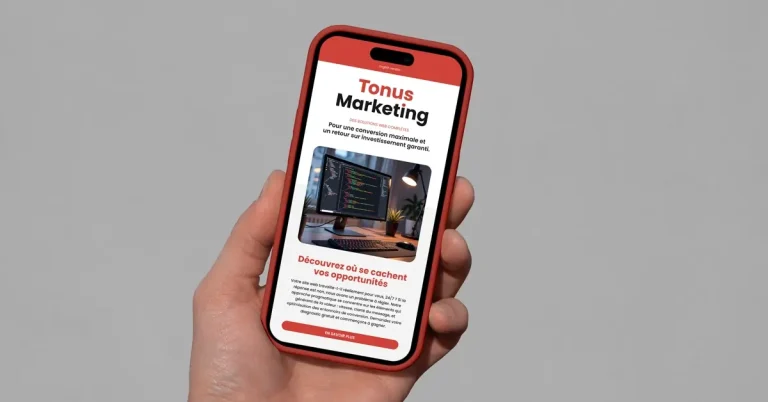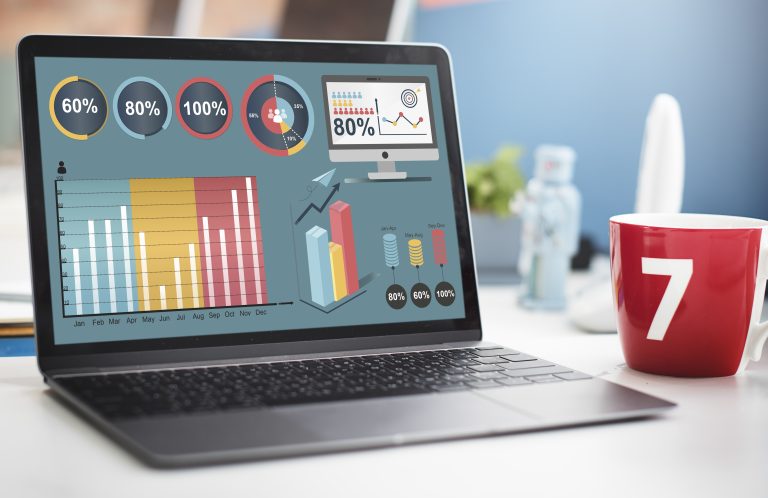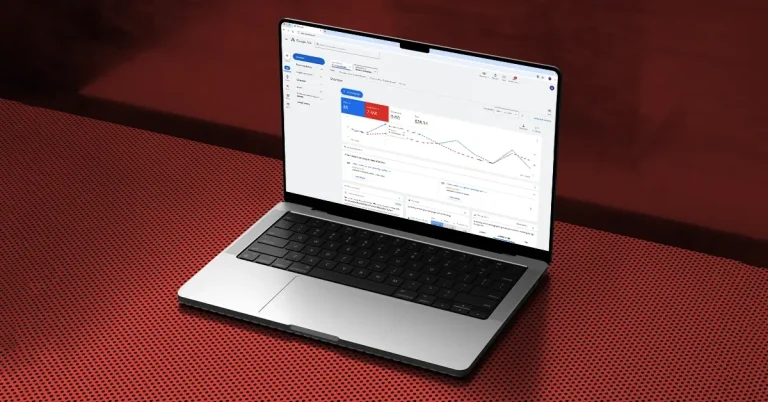6 Reasons Why Your Online Sales Are Slowing Down
There’s no shortage of so-called experts online boasting about the simplicity of running an e-commerce business with a website.
But the reality is very different: selling online takes time and effort. It’s no longer just about listing a product on a website and waiting for customers to buy.
Recent studies show that the average conversion rate for e-commerce sites ranges between 1.6% and 3%. With such a significant difference, your efforts could make all the difference.
There are several reasons why some websites achieve higher conversion rates. And none of these factors are due to luck—it’s all about ongoing optimization and adapting to changing market conditions.
Here are six reasons why your online sales might not be reaching their full potential.
1. Lack of Information
If you don’t provide the information your customers need, they might decide not to buy. For example, failing to display your sales or return policies could hurt your business.
Your Business Address
Some customers prefer to shop locally, so make sure they know you’re in their area. If you don’t operate a physical location, consider using a professional mailing address service.
Shipping Fees
Reduce friction in your sales process by offering flat-rate shipping. Better yet, provide free shipping for orders over a certain amount. This can significantly reduce cart abandonment rates.
Delivery Times
Customers want to know when they’ll receive their purchases. Be honest—it's better to deliver earlier than expected than to miss a promised delivery date.
Accepted Payment Methods
Display the payment methods you accept on your site. You can also explain why you don’t accept certain methods (due to fraud risks, costs, etc.). Customers will appreciate your transparency.
Return and Refund Policies
It’s reassuring for customers to know what to expect if something doesn’t work out. Studies show that simple return policies build customer loyalty.
Incomplete Product Descriptions
In today’s world, where consumers can quickly research and compare products online, your product pages must include all the details needed to make a decision. This means comprehensive, original descriptions and high-quality photos when relevant.
If these pieces of information aren’t clearly provided on your website, you risk losing potential customers to competitors who do it better.
2. Poor User Experience
If your website is hard to navigate or your checkout process is complicated, potential customers will abandon their purchases and turn to competitors. Make sure your website is user-friendly, your checkout process is simple, and your pages provide clear, well-organized information.
Here are two ways to improve the user experience that we often recommend to our clients:
- Analyze Visitor Behavior
Use tools like HotJar to track user sessions, see which pages they visit, and identify what they click on. This will help you find opportunities to improve your site’s structure and content. - Improve Your Site's Load Speed
Visitors hate waiting, and a slow website will drive them away. Ensure your site runs quickly by investing in web hosting that meets the resource demands of an e-commerce site.
3. Limited Visibility
If your website doesn’t appear in search engine results, customers will have trouble finding you.
To fix this, focus on improving your SEO, building a presence on social media, and/or launching online ad campaigns to increase your visibility.
4. Lack of Trust
Some customers may hesitate to buy from an online retailer they don’t know, or they may still worry about the security of their personal and payment information.
To reassure them, consider displaying these documents on your website (when relevant):
- Your sales terms and conditions
- Your exchange/refund policy
- Your privacy policy
Additionally, clearly display accepted payment methods and the financial institutions managing transactions to build trust with your customers.
5. Unattractive Offerings
At the start of their online shopping journey, customers look for products that meet their needs and compare their options. They’ll evaluate offers and price points to decide what’s best. To stay competitive, ensure your prices are attractive and highlight any promotions available.
Finally, novelty is a great marketing tool—regularly update and adjust your promotions and special offers to keep customers engaged.
6. Strong Competition
If your business operates in a highly competitive industry with established e-commerce players, it can be hard to stand out and gain market share.
You might need to tweak your marketing strategy and focus on offering unique competitive advantages to set yourself apart.
In conclusion, to boost your online sales, it’s essential to provide a seamless user experience with all the necessary information, continually improve visibility, build trust with visitors, and offer compelling, differentiated products.
If you’re struggling with these aspects, it might be time to reach out to digital marketing professionals who can help identify and resolve the challenges holding back your online sales.






